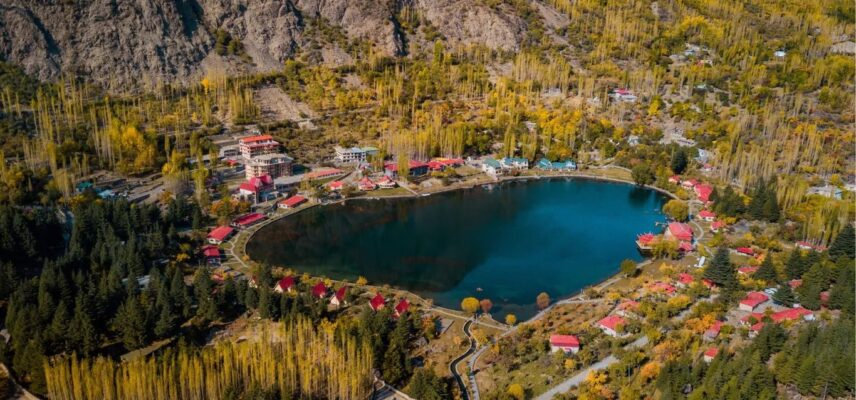
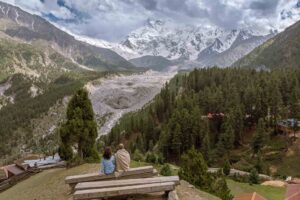 A Bold Vision for Growth 🔍
A Bold Vision for Growth 🔍In 2025, Pakistan has unveiled an ambitious blueprint to transform its travel economy, aiming to generate $30–40 billion in annual tourism revenue.
This isn’t just aspiration — it’s backed by concrete policy moves, infrastructure investment, and improved connectivity. This vision signals a shift: tourism is now being treated as a strategic economic pillar, not just a peripheral sector.
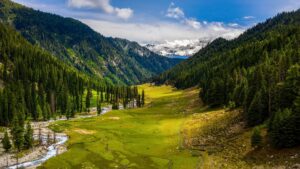 The North Beckons — Rising Demand & Challenges ⛰️
The North Beckons — Rising Demand & Challenges ⛰️As the strategy unfolds, Northern Pakistan especially is seeing surging interest. Recently, media outlets named the region among the top must-visit destinations for 2025.
Easier visa access and first-time direct flights (e.g. Dubai → Skardu) have fueled that momentum. But with popularity comes risk: overuse of trails, waste management, and climate vulnerability need urgent attention to preserve the region’s allure.
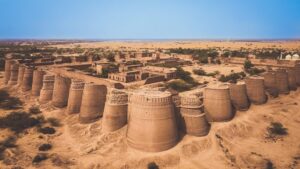 Balancing Growth with Green Principles 🌱
Balancing Growth with Green Principles 🌱To succeed, growth must be tempered with sustainability. Pakistan’s tourism projections suggest a surge to $4 billion in revenue by 2025.
But unregulated expansion could degrade delicate ecosystems. Hence, embedding green practices — from eco-friendly lodging to route planning that avoids erosion zones — is essential for long-term viability.
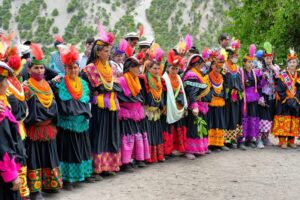 Events, Festivals & Cultural Frontiers 🎉
Events, Festivals & Cultural Frontiers 🎉Beyond landscapes, Pakistan is also banking on vibrant events to draw visitors year-round. Festivals, cultural expos, and localized tourism gatherings are part of the new push. These cultural anchors help distribute tourism beyond just peak months and scenic zones, giving communities across provinces a stake and spotlight.
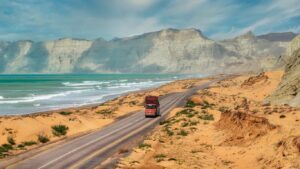 The Road Ahead — Strategy in Action 🚀
The Road Ahead — Strategy in Action 🚀For travelers, this means 2025 will offer experiences richer than ever: more routes, more events, and more options to explore responsibly. For planners, the key tasks are clear: build resilient infrastructure, support community stewardship, monitor environmental impact, and connect services (transport, lodging, guides). If all pieces align, Pakistan’s tourism leap will be sustainable, inclusive, and memorable.
ATP House, Hameed Gar Road Kashu Bagh, Khargrong Skardu, Baltistan, Pakistan.
House # 439, Street # 51, G-9/1, Islamabad, Pakistan.